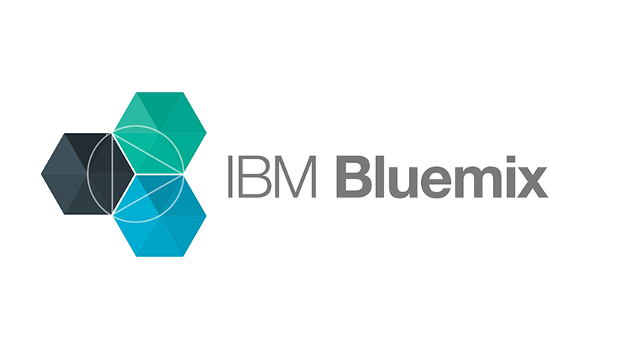IBM has unveiled four new additions to its Cloud Data Services portfolio hosted on Bluemix, helping the cloud platform cater to the new breed of citizen data scientist.
Of the four offerings, IBM Compose Enterprise is the most workmanlike and familiar. It focuses on one of the least glamorous aspects of cloud-based data analysis: deploying and managing databases in the cloud via a DBaaS.
Compose Enterprise is a superset of an existing clutch of database services IBM added to Bluemix after its acquisition of Compose, Inc., which allowed database applications like MongoDB, PostgreSQL, Redis, and Elasticsearch to be set up as services. Compose Enterprise goes a step further and provides a single point of access.
With IBM Graph, Bluemix gains its first dedicated graph database service. Graph databases are for analyses of connections between nodes of data, a la social networks, but IBM views graph analysis as a business tool where data can be “[treated] in its natural state rather than breaking it into formal structures.”
IBM could have elected to use the oft-used open source Neo4j graph database to build this service, but instead chose to go with Apache TinkerPop. This might have been because of the open source licensing: Neo4j is GPLv3, while TinkerPop is Apache (and thus less encumbered).
Adam Kocoloski, CTO of IBM Analytics Platform and Cloud Data Services, explained in an email that the decision was about having “a truly open community that supports it as represented by the Apache Foundation process.” Neo4j’s Cipher language “is available to the public, but Neo Technology still owns any code that is contributed by the community.” TinkerPop, by contrast, uses a language called Gremlin that’s “an industry-leading open query language that shows a number of benefits over [Cipher].”
IBM Predictive Analytics and IBM Analytics Exchange are closely related. The former is essentially a machine learning service backed by a hosted/SaaS version of IBM’s SPSS predictive analytics software package. In addition to attracting new customers to SPSS, IBM’s plan is to provide an environment where prospective data scientists can assemble existing machine learning models into new use cases. Analytics Exchange, meanwhile, provides “high quality, open and proprietary” data sets of “government, economic, and environmental data” that can be integrated into existing applications.
The last move is in line with the trend of cloud platforms adding galleries of algorithms and data to complement their PaaS offerings. Microsoft Azure, for instance, has its own gallery of data sources to draw on, and Amazon Web Services hosts a small but useful set of public data sources.
IDG News Service








Subscribers 0
Fans 0
Followers 0
Followers